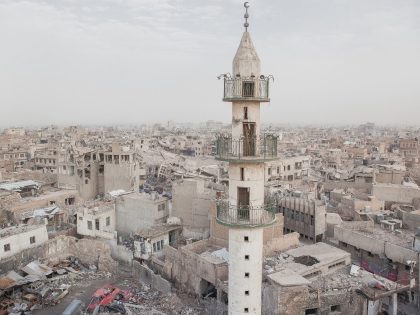There’s something about “ghetto pranks”
Youtube “ghetto pranks" are meant to expose poor black people as "naturally" and irrationally angry.

A screenshot from "Do You Have a Problem Prank!?" by MoeandEthan.
On the Ock YouTube channel, two young men introduce themselves and say “they’re going to the hood” to play pranks. These pranks consist of things like fake farting on people, stealing peoples’ phones to check the time, stealing people’s gas, or just yesterday, “Selling Guns In The Hood Prank!” Combined, the videos have been viewed close to a million times. While the prank genre has always been popular in the U.S.–from the 1990s slapstick humor of ABC’s America’s Funniest Home Videos to MTV’s elaborate Pranked to the latest homemade, endless iterations on YouTube (what we’re writing about now)–a disturbing trend has emerged. Increasingly, the most popular “pranks’ on YouTube all go to the “ghetto”–which seems to translate solely as black, working-class neighborhoods.
The “pranks,” all essentially pass themselves off as “social experiments” to see the reactions of ‘poor black people’ when an outsider threatens or provokes them. In the Ock YouTube farting video, the guy approaches a young woman, asks her where he can find a bathroom and then makes a loud farting noise. She responds that the man is harassing her, and asks him to stop–yet he continues to make farting noises and engage her.
At other times, the pranksters appear to celebrate being attacked. It makes for more views. Take the “Selling Guns” video which ends with victims of the prank punch and, worse, pull a gun on the pranksters.
A few frustrated commenters suggest some of these pranks are staged.
In general, these prank videos are about black people either freaking out (this seems to be the point of the videos and is presented as the norm) or in the minority of cases laughing it off (but this coolness is presented as exceptional, despite that like all prank videos, they’re being selectively edited for the most extreme reactions).
And then there is the popular Youtuber Roman Atwood’s N-word prank, viewed 976,318 times on YouTube. In the video, Atwood (we presume; he also did the stealing gas prank) sets up the prank: “I’m going to go around and introduce myself in the neighborhood by using the n-word – neighbors.” Atwood is white (like most of the pranksters), with a dirty-blonde Mohawk and tattooed arm sleeve. As he walks down the street, a soundtrack of hip-hop beats blares. At every black person he encounters, he says, “What’s up my neighbor” or the exclamation”my neighbor,” but dropping his voice at neighbor or speaking quickly as he walks by – so that the black people interpret it as “What’s up my n*gger.” Then he waits for the response, and to let them know they’ve been pranked on film.
Isn’t that funny?



















